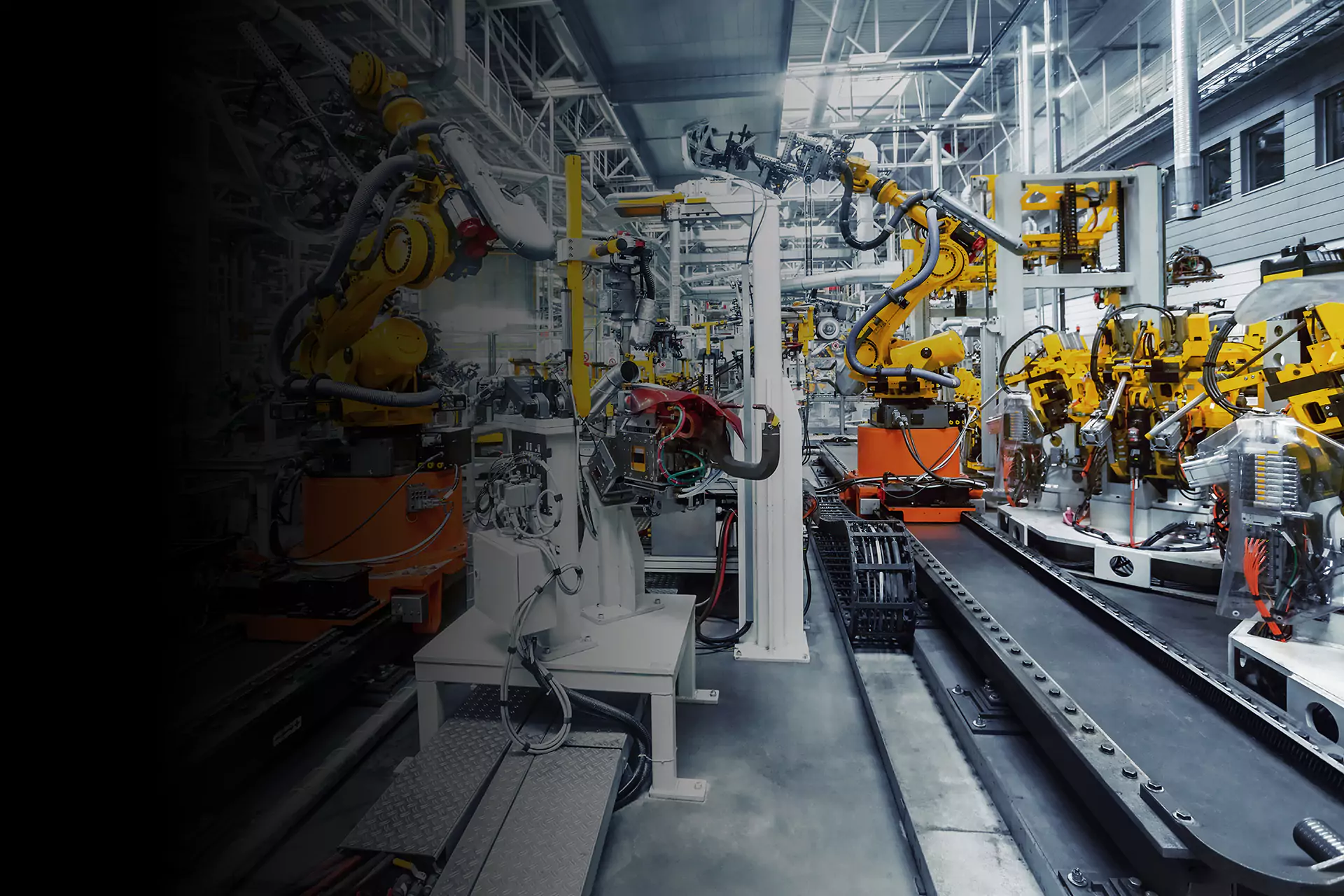Welcome to our comprehensive guide on enhancing manufacturing efficiency, a crucial factor for operational success. Whether you’re overseeing a startup or managing an established factory, improved efficiency can lower costs, enhance productivity, and increase competitive advantage.
In this post, we will explore various strategies that have proven effective in optimizing manufacturing processes. By adopting these best practices, you can ensure not only the sustainability of your operations but also foster innovation within your workforce and product lines..
Lean Manufacturing
Lean manufacturing centers on minimizing waste without sacrificing productivity. This approach can be particularly transformative. Its principles emphasize the value of understanding the value stream and ensuring every step of the manufacturing process adds value to the customer while identifying and eliminating wasteful practices. A great example of a sector seeing significant benefits from lean principles is mexican manufacturing companies, which have incorporated these practices to enhance throughput and quality.
Key strategies include JIT (Just-In-Time) production, which synchronizes raw material orders from suppliers directly with production schedules, and TQM (Total Quality Management), which fosters an environment of continuous improvement.

Smart Factory Technologies
The integration of smart factory technologies such as IoT (Internet of Things), AI (Artificial Intelligence), and robotics has revolutionized manufacturing floors. These technologies provide real-time data that help in predicting equipment failures, streamline operations, and customize production runs. As machines become more interconnected, manufacturers are better equipped to respond to changes in demand and maintain efficiency under varying production conditions.
Furthermore, advanced analytics can analyze vast amounts of data to identify inefficiencies in the production line quickly. This proactive approach not only reduces downtime but also enhances the longevity of machinery.
Workforce Training and Engagement
An informed and skilled workforce is essential for maintaining and improving manufacturing efficiency. Regular training sessions ensure that employees are up-to-date with the latest technological advancements and lean practices. Moreover, actively engaging staff in decision-making processes bolsters morale and encourages a culture of continuous improvement.
Involving employees in workflow optimizations can also lead to practical suggestions from those who are hands-on with daily operations, thus enabling more informed decision-making at higher levels of management.
Quality Control Systems
Maintaining high quality is vital for customer satisfaction and reducing waste. Implementing robust quality control systems throughout the production process helps identify deviations from quality standards early before they become more problematic or costly.
Strategies such as Six Sigma can help in defining measurable goals and ensure that manufactured products meet pre-defined standards consistently hence minimizing variation in production processes.
Sustainable Manufacturing Practices
Sustainability has become a key aspect of modern manufacturing processes. Incorporating eco-friendly practices – such as recycling materials, using energy-efficient appliances, or sourcing sustainably-produced raw materials – not only minimizes environmental impact but also improves brand image and compliance with global standards.
Eco-efficient practices are not just ethically significant; they can boost operational efficiencies and open up new markets focused on eco-conscious consumers.
To conclude, enhancing manufacturing efficiency encompasses a broad spectrum of strategies ranging from adopting new technologies to fine-tuning existing procedures. By implementing these industry-tested best practices, companies outsmart competition and enjoy significant savings while becoming more responsive to consumer needs.
In an era marked by rapid technological advances and growing market demands, efficiency is more than a goal—it’s a necessary imperative for sustaining growth and profitability in the challenging world of manufacturing.


